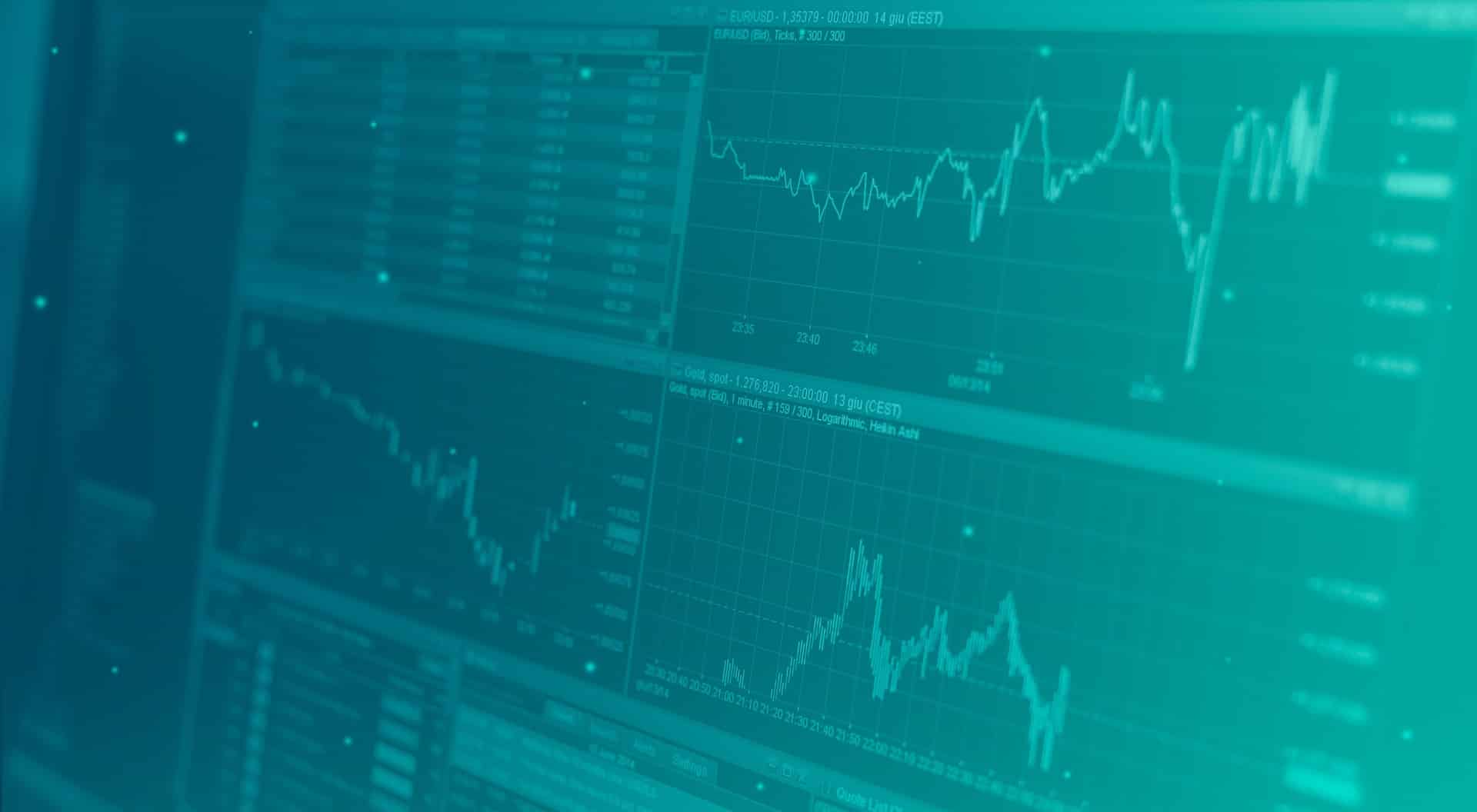Researchers from the University of Copenhagen’s Department of Food and Resource Economics have looked at financial data from 80,000 EU farms comparable with similar farms in in Denmark. The picture is clear. For the most-part, Danish farmers are skilled operators who, on average, are better at exploiting their productive potential than similarly-sized producers in the EU. However, Danish agricultural producers are consistently faced with poorer production possibilities than farmers in most other EU nations.
“We can safely say that the figures demonstrate a consistent pattern. Danish farmers are good at taking advantage of opportunities, but the opportunities available to them are simply worse,” according to Mette Asmild, author of the report and a professor at the Department of Food and Resource Economics.
Farms from 25 countries were covered in the analysis, including dairy, plant and swine producers.
Danish production costs are too high
Production costs are the main reason why Danish farmers experience poorer production possibilities than their counterparts in other countries. The steeper costs are attributable to factors including labor costs due to employee wages, land prices, building construction and renovation costs, feed, fertilizers, veterinarians, etc.
Mette Asmild points out that regulatory differences can also lead to increased costs for individual farmers when compared with those in other countries. Overall though, it the higher cost of production.
“We anticipated discovering a few unique factors that lead to poorer opportunities for Danish farmers, but in the end, it appears to be broadly attributable to higher production costs,” says Mette Asmild.
Survival of the fittest
Despite experiencing poorer conditions due to higher production costs, Danish farmers continue to perform well in certain areas. In the analysis, the researchers found that dairy, plant and swine producers have fared better than other types of farmers. Numerous Danish farms approached peak performance levels, while in the other countries, the best and worst were spread evenly across the performance spectrum.
According to Mette Asmild, there are several explanations for why Danish farmers are generally better at exploiting their opportunities. It could be the fact that Danish farmers are better educated and more well advised than in other EU countries. But, it can also be about process – a kind of “natural selection” – in the agricultural sector.
“Following a bit of Darwinian logic, one could say that farmers would die off if they were either weak or inadequately-adapted for the generally poorer opportunities,” says the professor.
As a result, there is less room for improvement among Danish agricultural producers than for the producers in those countries we compare ourselves with.
“The main problem lies in the financial production opportunities as compared with other EU countries, conditions that farmers have least control over. The opportunities for Danish farmers are not necessarily worse now than they were in the past. But at the same time, there is no indication that they are about to catch up with those EU farmers who outperform Danes,” says Mette Asmild.
Facts
The report uses an EU data set containing financial data from 80,000 farms across Europe.
Countries included in the analysis are: Belgium, Bulgaria, Cyprus, Denmark, Estonia, Finland, France, Greece, Netherlands, Italy, Ireland, Croatia, Lithuania, Latvia, Poland, Portugal, Slovakia, Slovenia, Sweden, United Kingdom, Spain, the Czech Republic, Germany, Hungary, Austria and the two German states of Lower Saxony and Schleswig-Holstein.
The data reflect 90 percent of European agricultural production.
The analysis applies data from 2010-2015, the latest year in which comparable European farm-level data was available.
The analysis was conducted as part of the 2019 Agricultural Barometer developed by the University of Copenhagen for the Ministry of Environment and Food of Denmark.
Source: University Of Copenhagen












